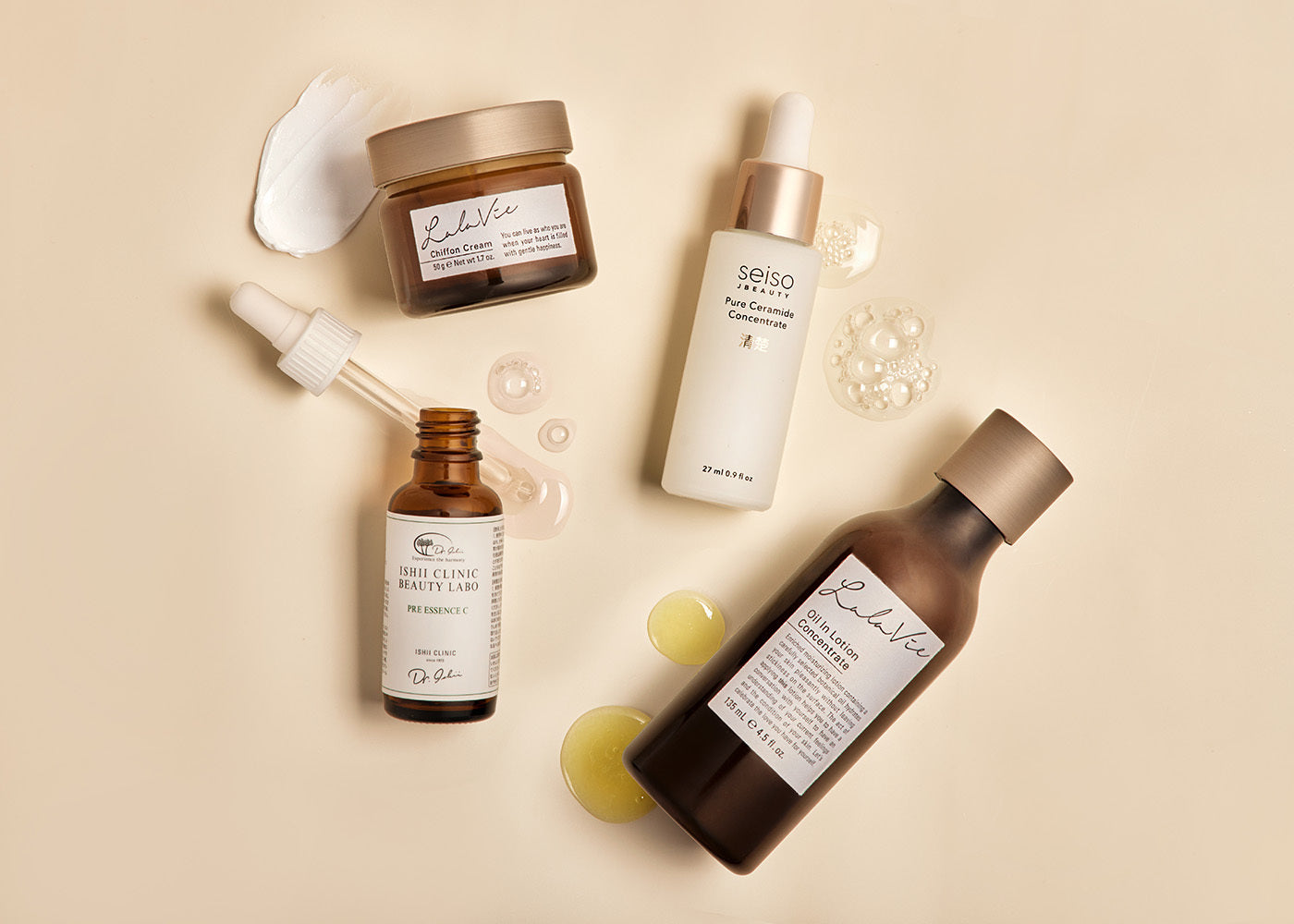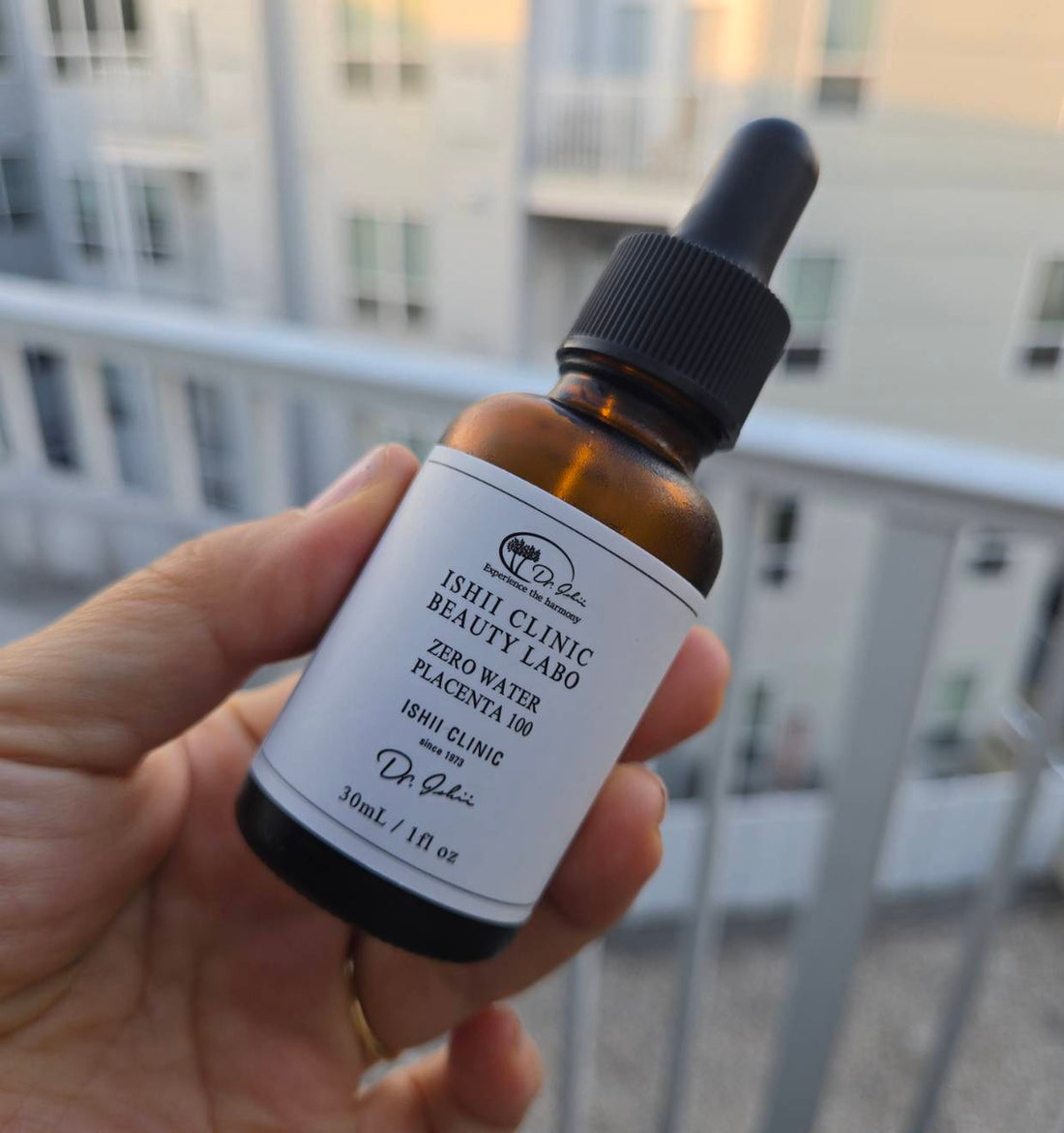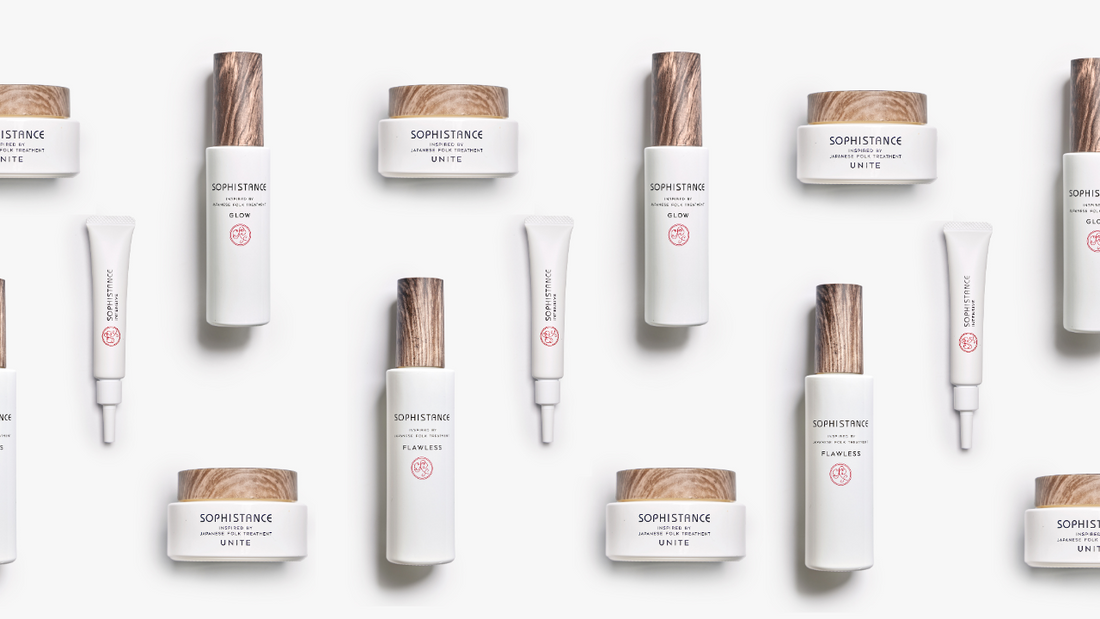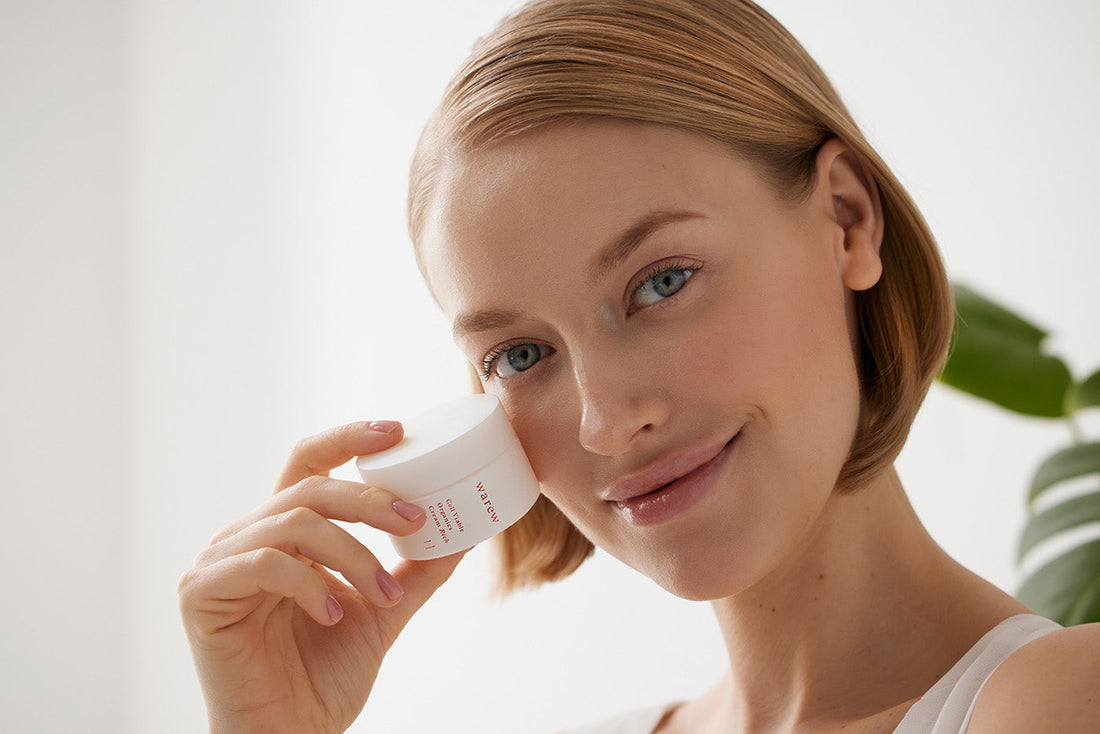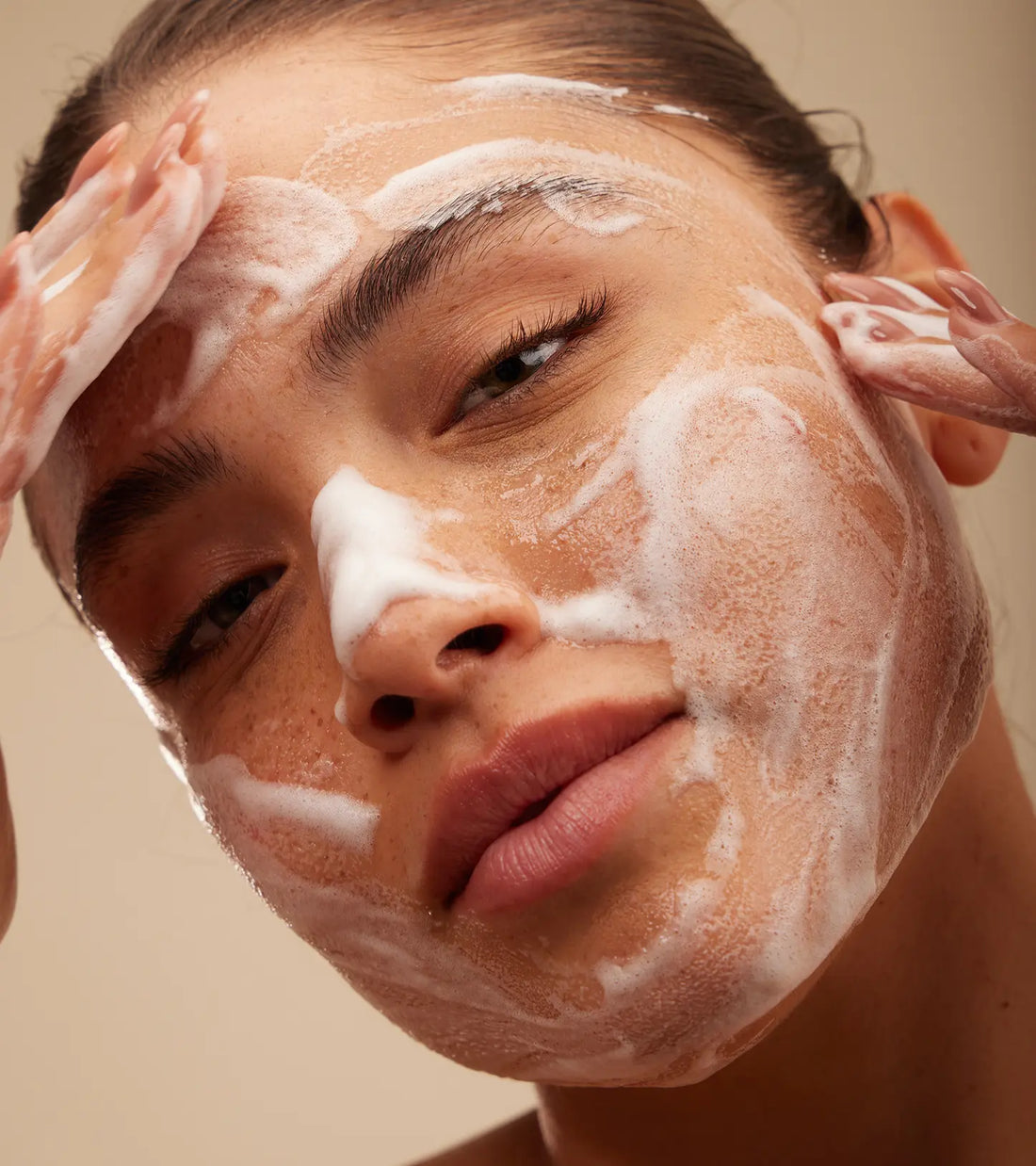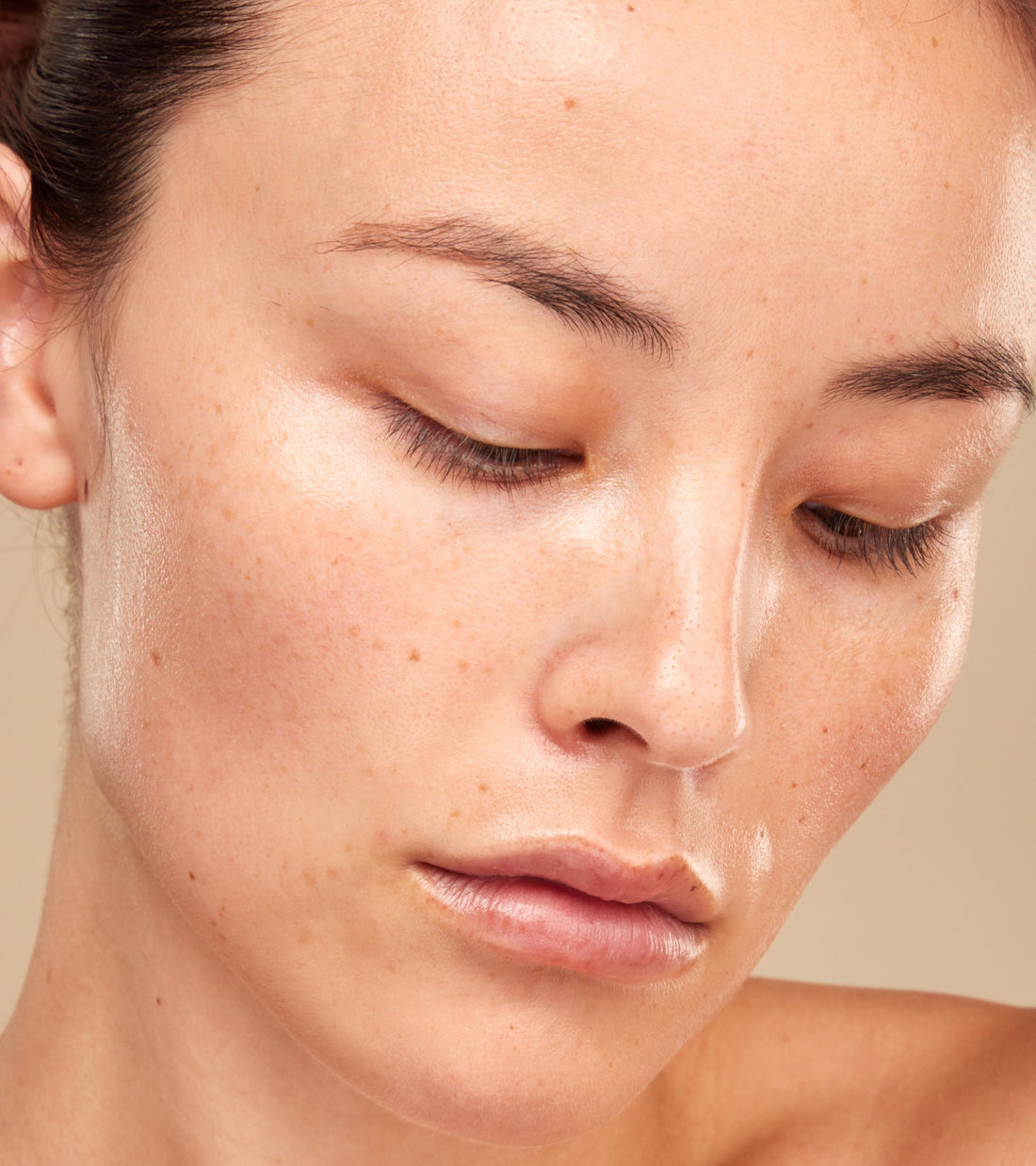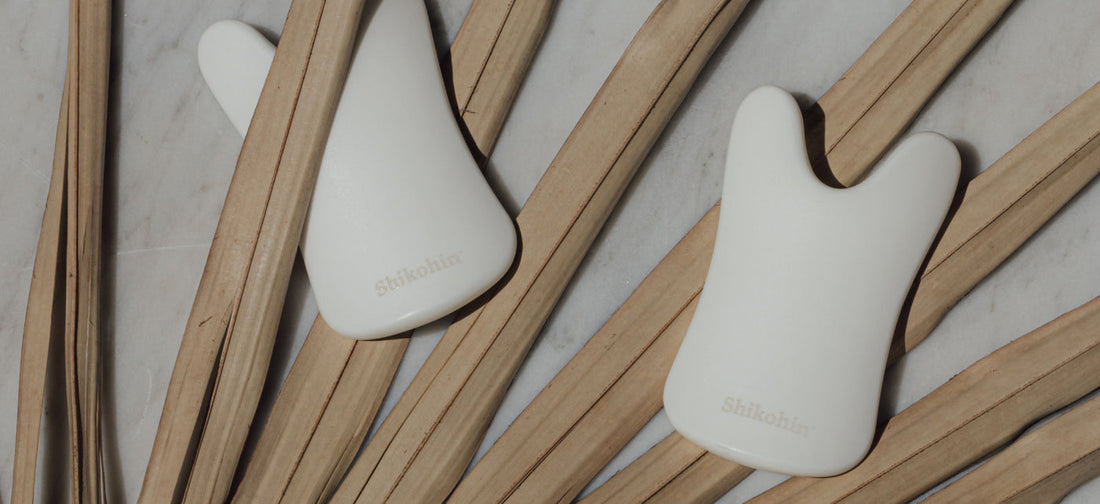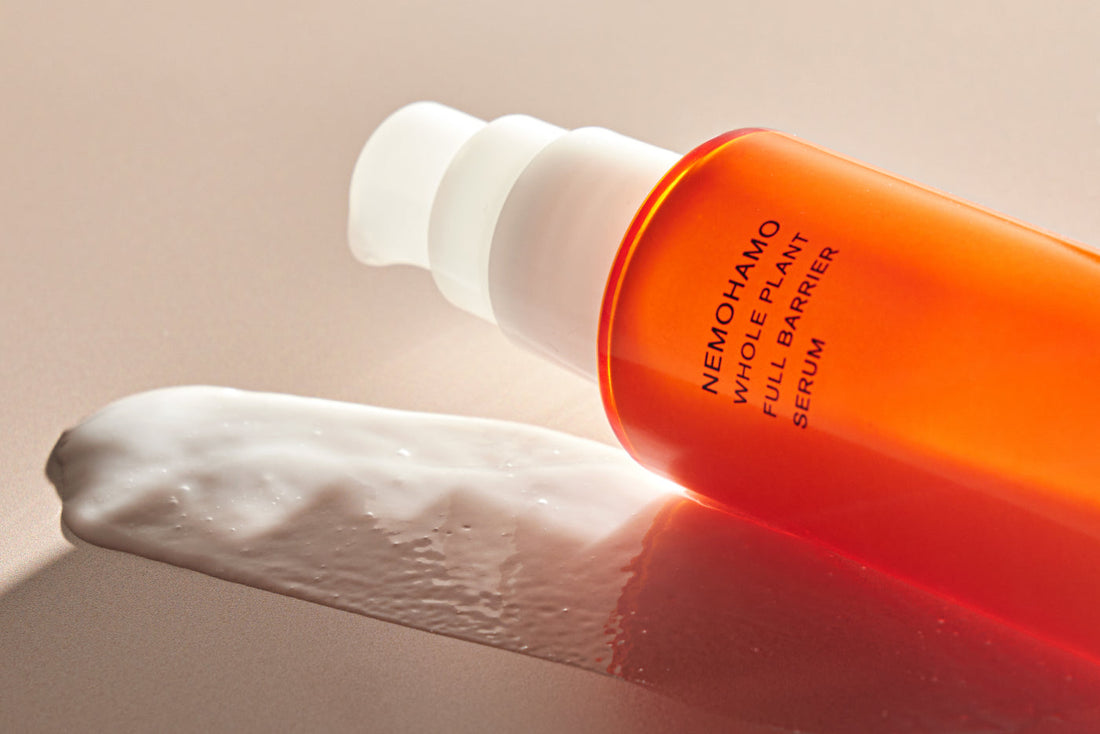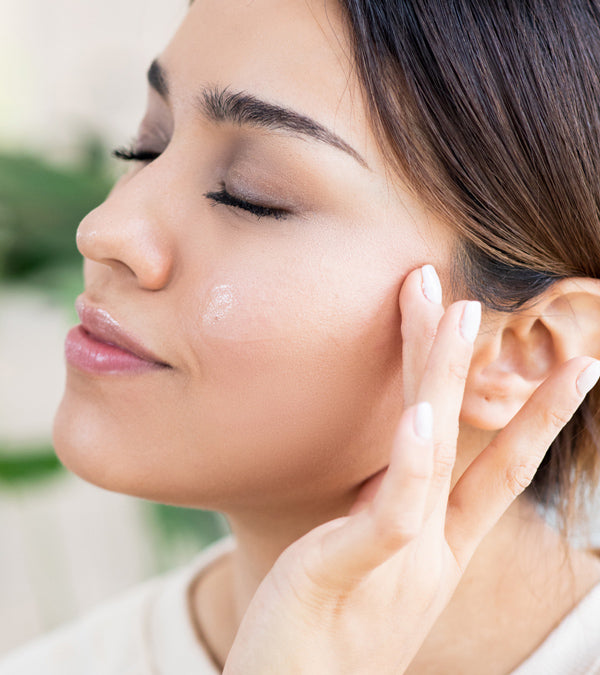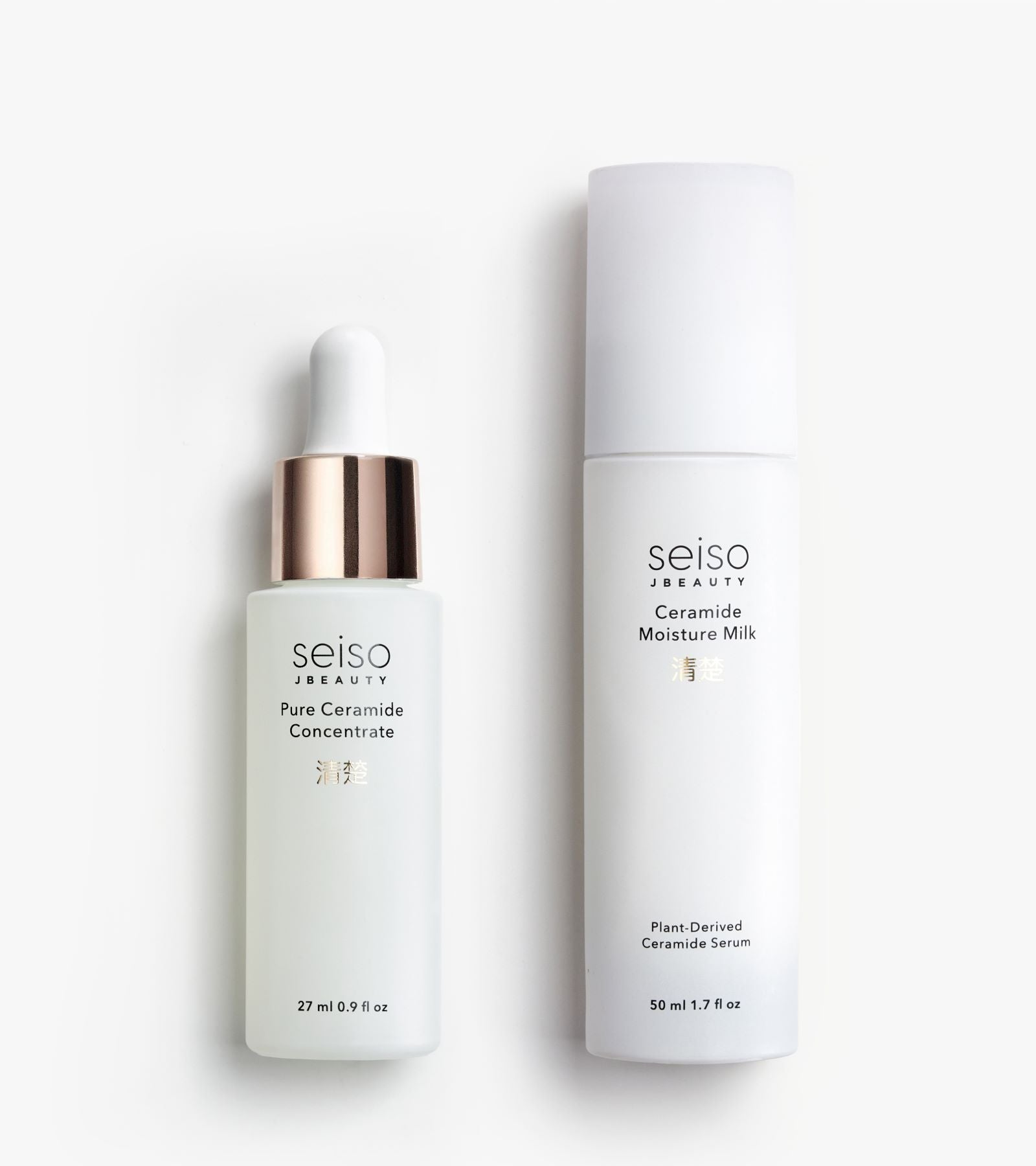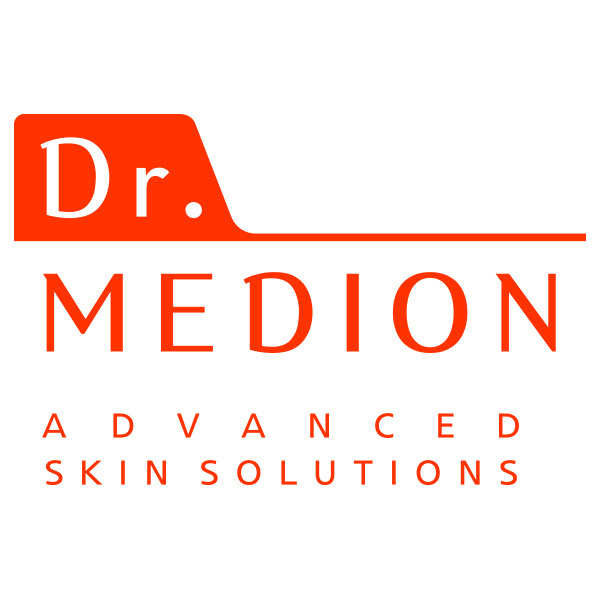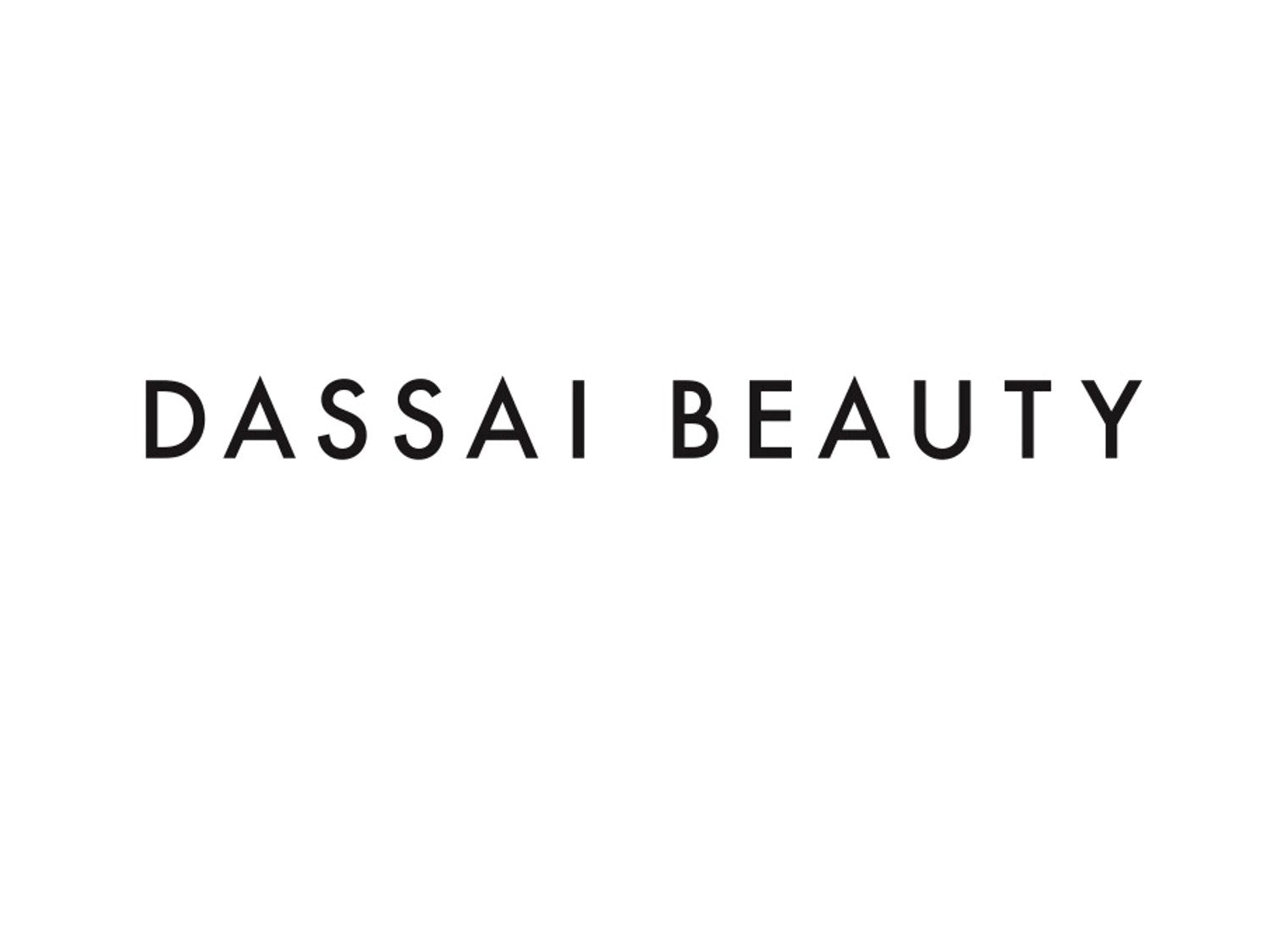Serum vs. essence vs. emulsion vs. moisturizer—what’s the difference between all these J-Beauty essentials? Here’s a comprehensive breakdown of each solution so you can make the most of your Japanese beauty routine.
Understanding J-Beauty Hydration Layers
Japanese skincare is centered around a fundamental principle: hydration is the key to maintaining healthy, youthful skin. Unlike Western skincare, which often emphasizes correcting imperfections through treatments or covering flaws with makeup, Japanese skincare prioritizes a holistic approach that nurtures the skin's natural resilience. Prevention, maintenance, and achieving naturally radiant skin are the core goals of J-Beauty.
A key aspect of this approach is the strategic layering of hydration through four essential products: essences, serums, emulsions, and moisturizers. Each plays a specific role in optimizing skin health by ensuring proper hydration at every level. By understanding how they interact and complement each other, you can create a skincare regimen that enhances your skin's overall balance, elasticity, and vitality.
Beyond hydration, the philosophy of Japanese skincare extends to protecting and strengthening the skin barrier, allowing for a long-term investment in skin health rather than quick fixes. Many J-Beauty products are formulated with natural ingredients and cutting-edge technology that work harmoniously to deliver lasting benefits.
This guide will explain the differences between these products, explain how to incorporate them effectively into your routine and help you determine the right combination based on your skin type and concerns.
What Sets Serums, Essences, Emulsions, and Moisturizers Apart?
The primary distinction between essences, serums, emulsions, and moisturizers lies in their texture, concentration of active ingredients, and function within a skincare routine. Each product contributes to skin health, working together to provide optimal hydration and nourishment.
-
Essences: Light and watery, designed to prep the skin for better absorption of other skincare products. They often contain humectants and soothing ingredients that enhance hydration and calm the skin.
-
Serums: Serums are more concentrated and target specific skin concerns such as aging, dark spots, or dehydration. These treatments deliver powerful active ingredients deep into the skin layers, such as antioxidants, peptides, and brightening agents.
-
Emulsions: Emulsions are lightweight, milky moisturizers that help seal in hydration without being heavy. They often contain a balance of water and oil to ensure hydration while maintaining a breathable, non-greasy finish.
-
Moisturizers: Moisturizers are the richest layer, forming a protective barrier to lock in all the previous hydration steps. Moisturizers prevent moisture loss while offering deep nourishment, making them essential for dry, sensitive, or mature skin.
While these products may seem similar, their order of application and their roles in skincare are distinct. Understanding how to layer them properly ensures that each product delivers maximum benefits, helping you achieve a healthy, radiant complexion.


